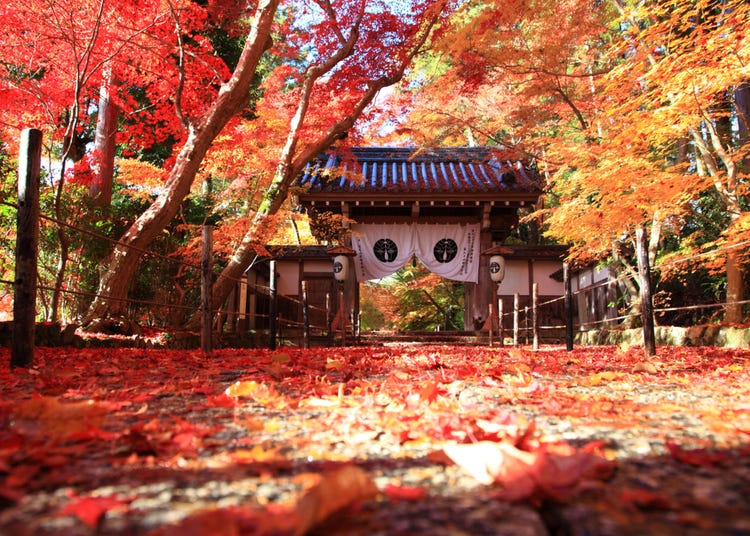
Kyoto's Komyoji Temple is famous for its autumn foliage, known in Japanese as koyo. The beautiful site of Momiji-sando, a stone-lined path leading up to the temple, created from colored leaves on branches and fallen leaves is a must-see.
Here we'll journey to the temple in Nagaokaykyo City, located in the southwest portion of Kyoto Prefecture. It's here that the ancient Tale of the Bamboo Cutter is said to have taken place, and has been filled with natural beauty from ancient times.
Main image: funboxphoto / Shutterstock.com
Natural Beauty Protected by Faith
Komyoji Temple and its vast temple area is the main temple of the Seizan Jodo Shu Buddhist sect located on the side of Mt. Torigamine. To reach Komyoji, it takes about 20 minutes by bus from JR Kyoto Line Nagaokakyo Station and about 10 minutes by bus from Hankyu Railway Hagaoka-Tenjin Station.
This area is called Aohirdani and is said to be the location where the founder of Jodo Shu Buddhist sect Honen Shonin (Saint) first spread the mantra of Namuamidabutsu (Nianfo) to the people during the late Heian Period to the early Kamakura Period. The natural beauty is protected by deep faith.
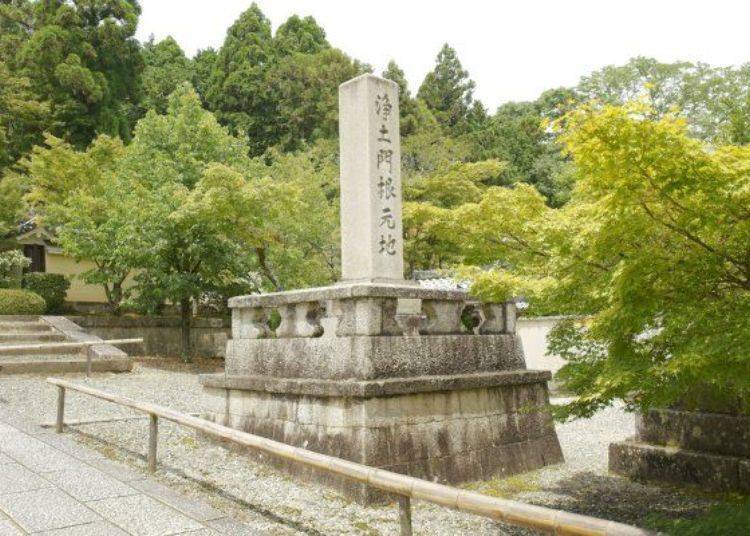
To spread the teaching of Honen Shonin, the temple's history, and its architecture, Komyoji has a temple guide service for visitors (reservations are required; not conducted when overcrowded and during Buddhist memorial services).
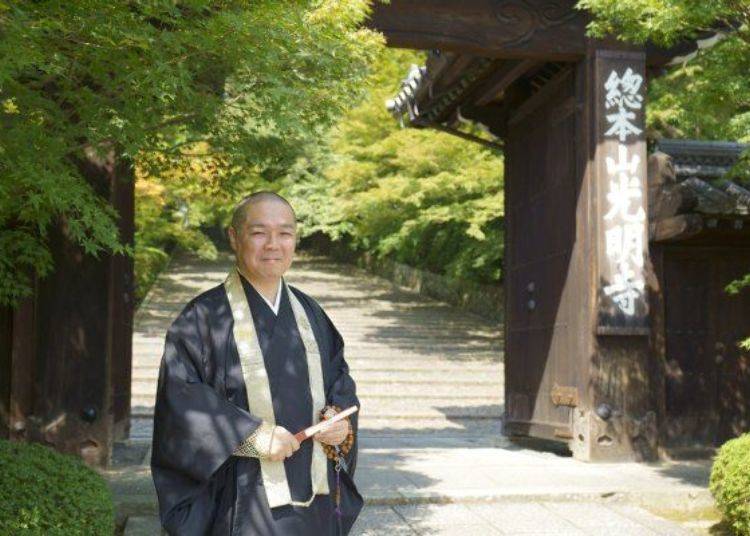
We visited Komyoji Temple in late July when the mountains were filled with green. We started our tour from Somon (main gate).
With a soft tone, Mr. Nitta told us, “It is said that when Honen Shonin was a distressed young monk searching for the way of the Buddha, he asked for a night’s lodging in the village of Aoeki and received warm hospitality. At this time, the villagers requested that ‘if you find a teaching that everyone can be taught equally, please teach it to us first.’ 20 years later, he has returned to this place and kept his promise by teaching the nenbutsu (nianfo).”

For the general course with a guide, you will start at the Somon gate and go up the Omote-sando (main road) to Kannondo, Amidado, Mieido, Shakodo, and then go down Momiji-sando from Yakuimon back to the Somon. It depends on the guide, but it typically takes about 30 minutes to an hour.
Following Legends with the Komyoji Temple Guide
Going through the Somon the path splits. To your left is Momiji-sando famous for the autumn foliage, which you will take on your way back. To path on the right is Nyonin-zaka, the gentle slope of which is easy to climb. The path is packed tightly by small rocks.
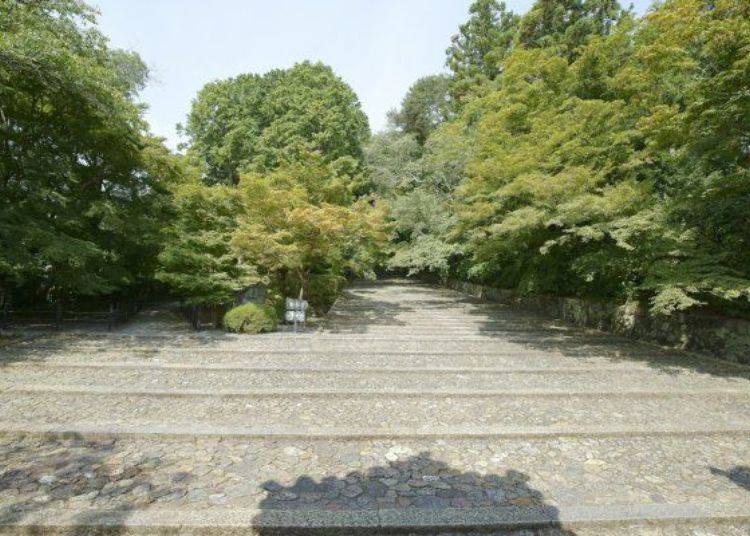
Mr. Nitta said, “The rocks in the path have been placed by followers citing the nenbutsu; thanks to this, it is easy to walk.”
At the junction of the two hills, there is a stone monument. Examining it closely, you can see an engraving of a monk riding a horse backward.
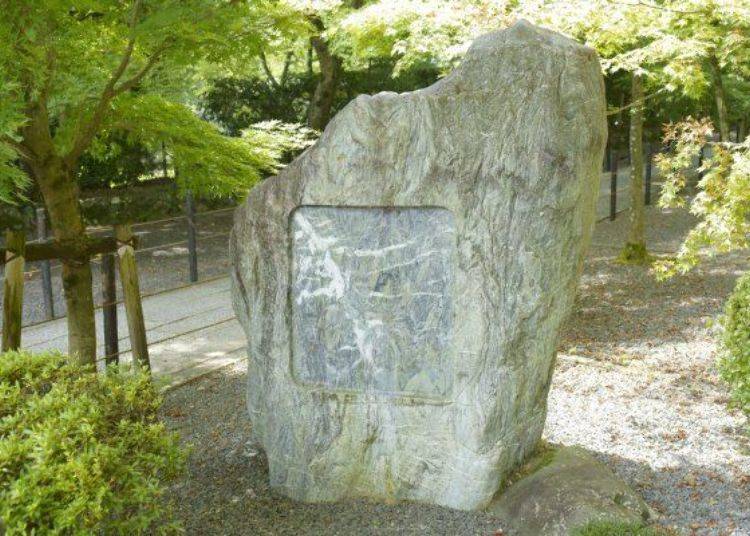
This is based on the historical allusion of Kumagai Naozane, famous in The Tale of Heike and the Noh song Atsumori. Komyoji was founded by Honen Shonin in Kenkyu 9 (1198). However, construction efforts were put in after the Genpei War by Kumagai Naozane. He became a disciple of Honen Shonin and changed his name to Horikibo Rensei, and built the Nenbutsu Zanmaiin, which is the predecessor of Komyoji.
It is said that when Rensei Boushi (monk) traveled to the Kanto region for missionary work, he stated, “I cannot face my bottom towards the west where Amida (Amitabha) is,” and so he rode his horse backward. As a former warrior, he had the same amount of faith as his ferocity. Although it could make one think that it was maybe a bit too much.
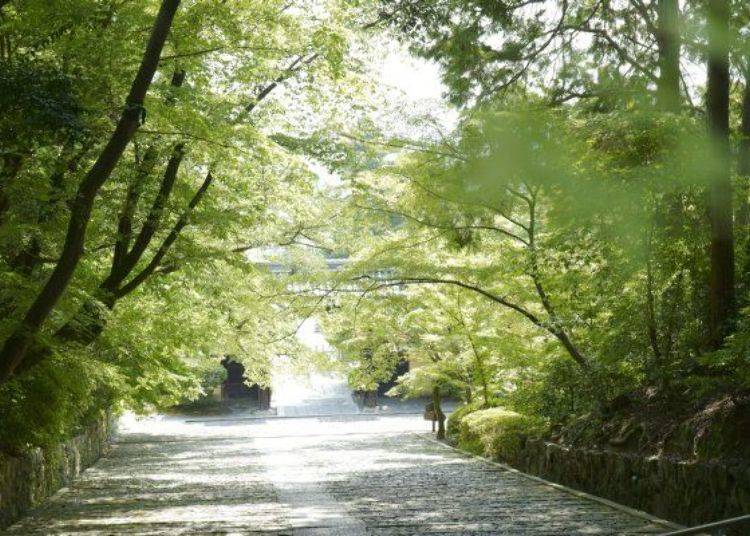
Even though the slope is gentle, you may be out of breath by the time you get to the top. The temple ground covers the whole mountain, and there are many slopes and stairs, so it will be wise to wear attire and shoes that are good for walking.
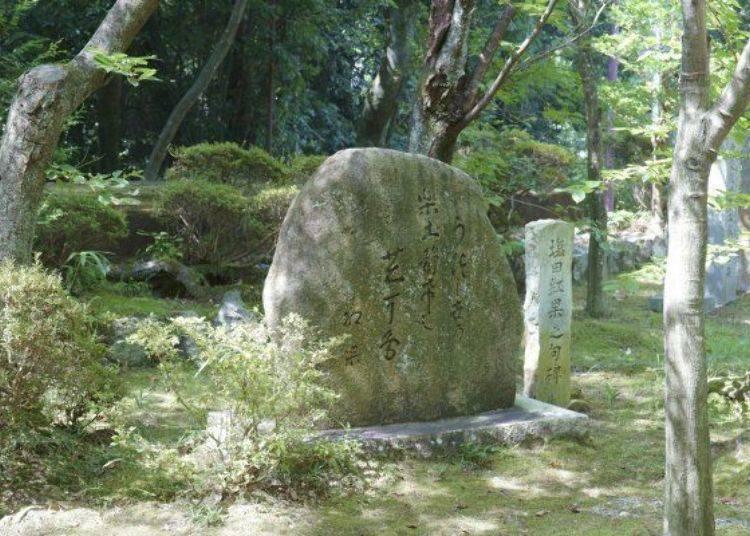
Once you reach the top, on the left, there is a kuhi (stone slab with haiku carved in) by a Koka Shiota, a famous poet during the early Showa period. “Utsushiyo no Rakudo Shizukeshi Hana ni Tori” is a haiku about Komyoji. The haiku explains that the silence in the temple is the same as it was in the past.
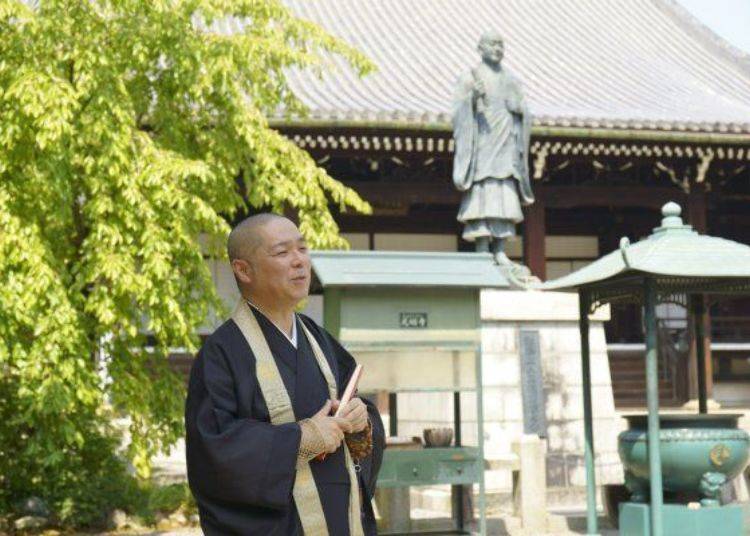
In front of Mieido, there are various relics left behind. For example, to the right-hand side in front of Mieido is Honen Shonin’s stone coffin surrounded by a stone fence.
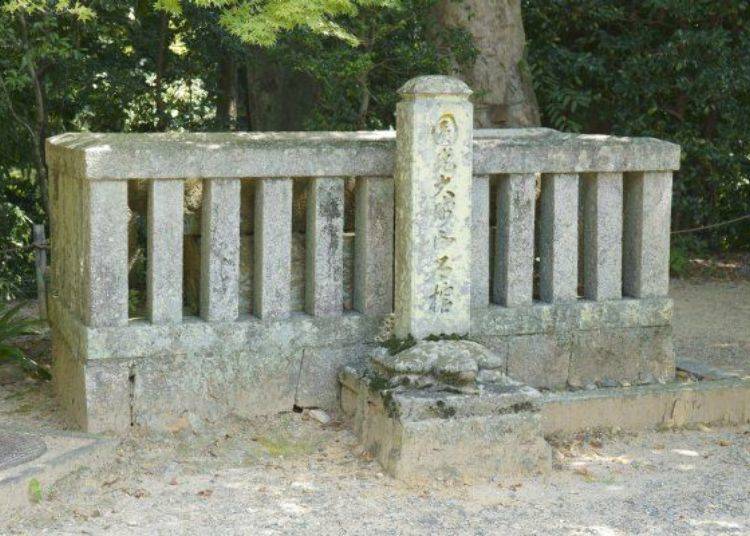
Honen passed away in Kenryaku 2 (1212) and was buried in Higashiyama Otani. With the spread of the nenbutsu, some people were not happy with it and tried to uncover his grave. With this discovery, his disciples secretly moved his remains to the west from Higashiyama to Uzumasa, then to Arashiyama, and then suddenly a mysterious light emitted from the stone coffin and pointed towards Aoeki, his final resting place.
Honen Shonin’s grave is another reason why Komyoji is so important to the Jyodo-shu.
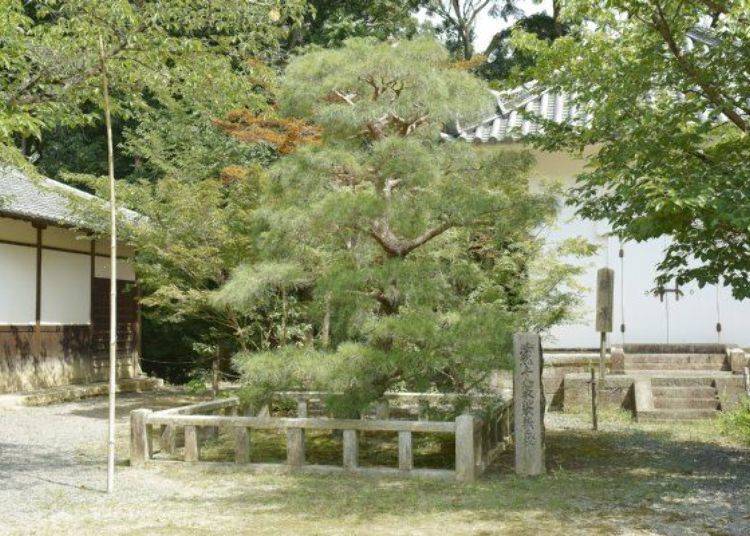
In front of the Kyozo (a storage place for scriptures) is Honen Shonin Kesa Kaken no Matsu, the pine tree where Honen Shonin hung his kesa (kasaya, monk clothing) when he spread his teaching for the first time here. The tree was original in a small valley behind the main mountain, but they split the roots and transferred it here.
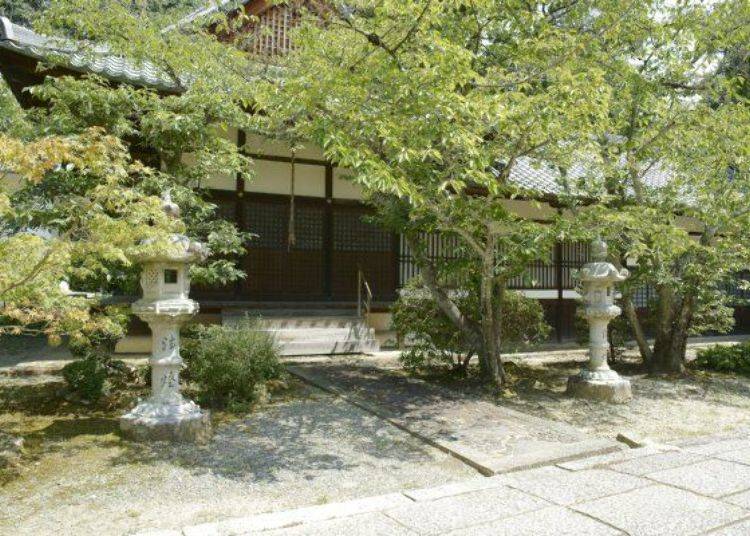
Previously a statue of Senjukanon (sashasrabhuja, a thousand-armed, thousand-eyed Avalokitesvara) made by Eshin, a monk from the mid-Heian period, was kept in the Mieido. However, since it was designated as an important cultural property, it was moved to Kyoto National Museum. Currently, the Juichi-men (eleven-faced) Senjukanon from Awafuzan Kanonji Temple is kept here.
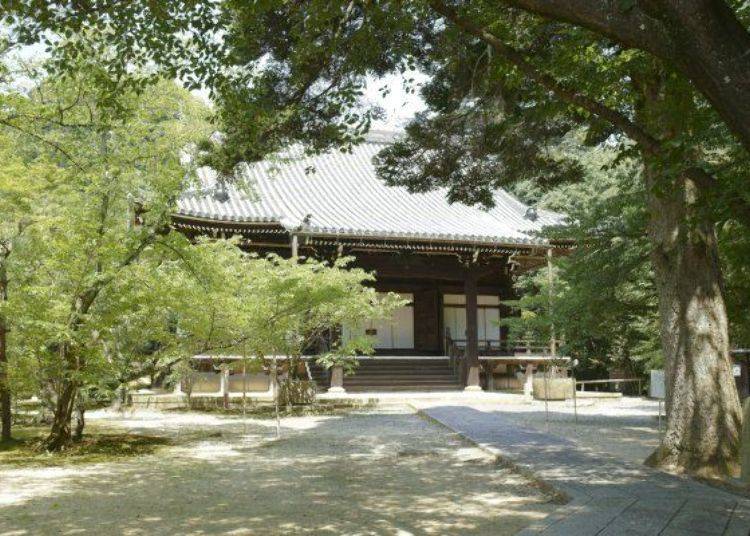
A statue of Amidanyorai (Amitabha) is kept at Amidado. The statue is close to 2 meters tall, and it is said that when Horikibo Rensei became a disciple of Honen Shonin, he carried the statue from Katata’s Ukimido in Lake Biwa in Konoe (currently Saga Prefecture).
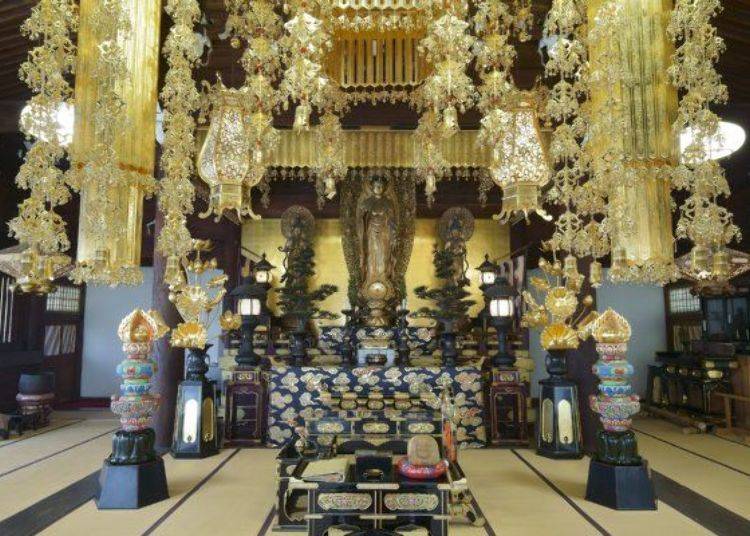
Passing through Corridors Sprawled Throughout the Mountain
Now it is time to enter the central building of Komyoji Temple, Mieido. Mieido would be the main structure in a normal temple style. Also, Miei means the image of Honen Shonin, and do means hall, so Mieido is where they worship Honen Shonin.
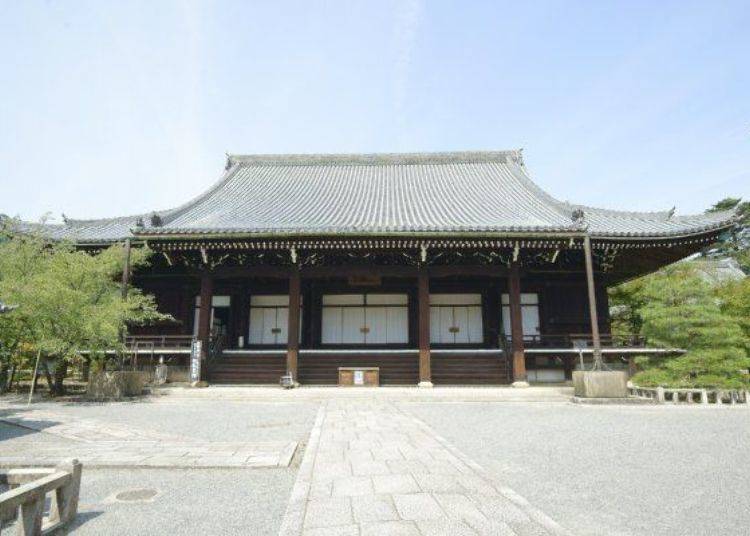
From the Onin War, Mieido has burned down multiple times, and the current structure was completed in Horeki 4 (1754). A relic kept here is Hariko no Miei, which was created by Honen Shonin. He made this paper-mâché by soaking letters sent from his mother.
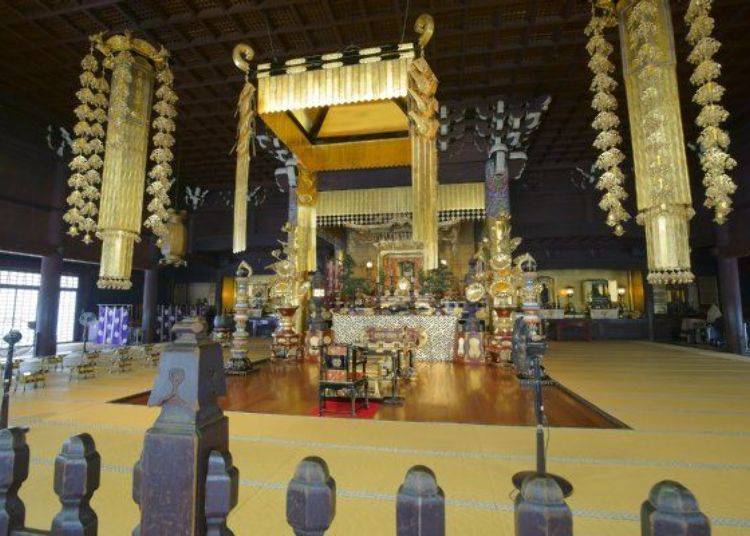
The area around the relic is called Kuden and is decorated with beautiful golden sacred lotus and Tengai (canopy).
In the sanctum, the tatami (straw mat) lined up vertically was divided into nine ranks that represent Kuhon Jodo (nine levels of Amitabha’s pure land), and the tatami placed in the outer sanctum represents Rokudo Rinne (endless circle of transmigration in the six posthumous worlds). Every object has a meaning and represents the reasons of this world and nirvana.
Mr. Nitta said, “If you visit Mieido, please calm your mind and soul and imagine nirvana the way it is explained in the sutras.” It is amazing how the way things look changes when you learn the meaning of them.
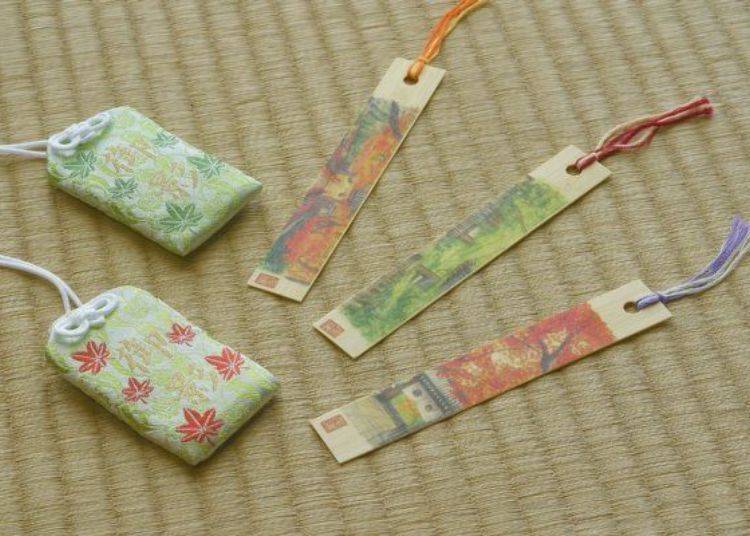
Also, the “Heart Mark” in Mieido has become quite popular over SNS recently. The grafting on the handrail has become the shape of a heart. They say that if you can find it, it might bring you a romantic fortune. Have fun looking for it.
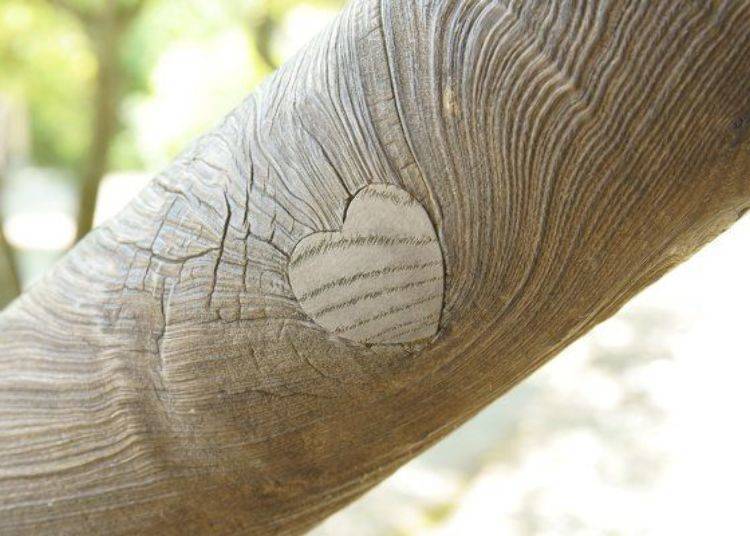
Travel through the long corridor with your shoes in hand from Mieido.
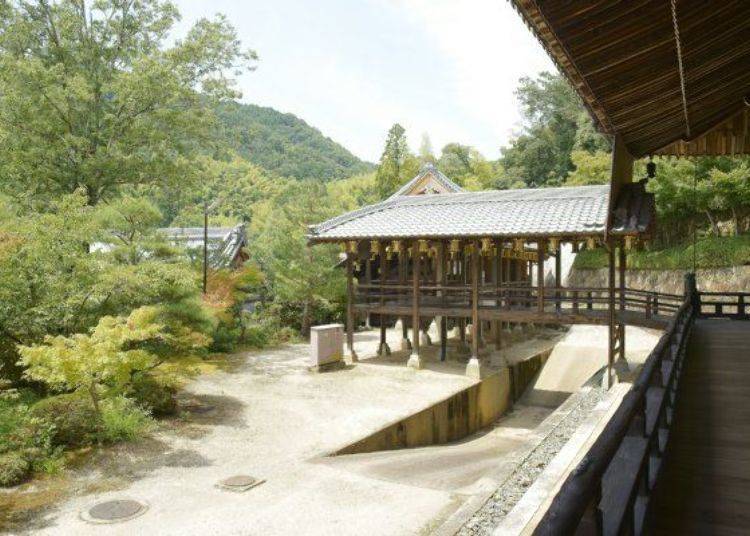
The corridor behind Mieido goes along down the mountain slopes in steps. Once you reach the bottom, you will see Shakado to the front. In front of the deep eaves is the Japanese rock garden, Shingyo-tei, and past that is the Chokushi-mon gate.

Past Shakado is the Ko-shoin (small study) and Dai-shoin (large study), and leads to the exit. From here you will go down the long-awaited Momiji-sando that leads back to Somon.
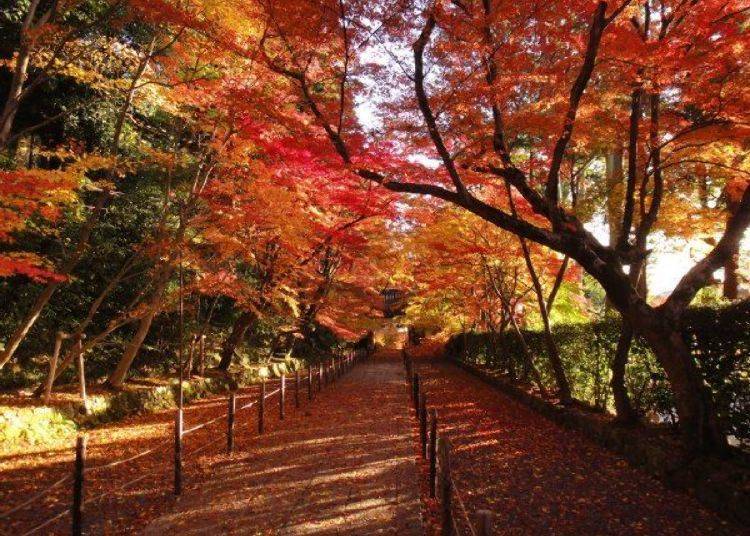
In full autumn, Kyoto Momiji-sando becomes a tunnel of fall colors, going through you will see vibrant red and yellow in every direction. Depending on the light shining through the leaves the layering effect will give the impression as if you are looking through a kaleidoscope.
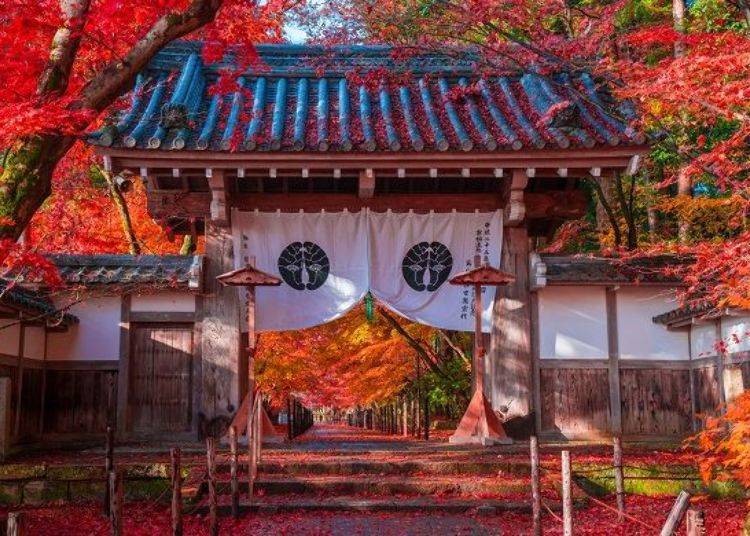
Not only Momiji-sando but the whole area starts to color, and every year from early November to early December, there are 50,000 visitors during the special foliage season.
The reason you can enjoy the beautiful foliage of autumn is that this place of faith and training has been carefully preserved. When you visit, please keep in mind to remain calm and follow the rules.
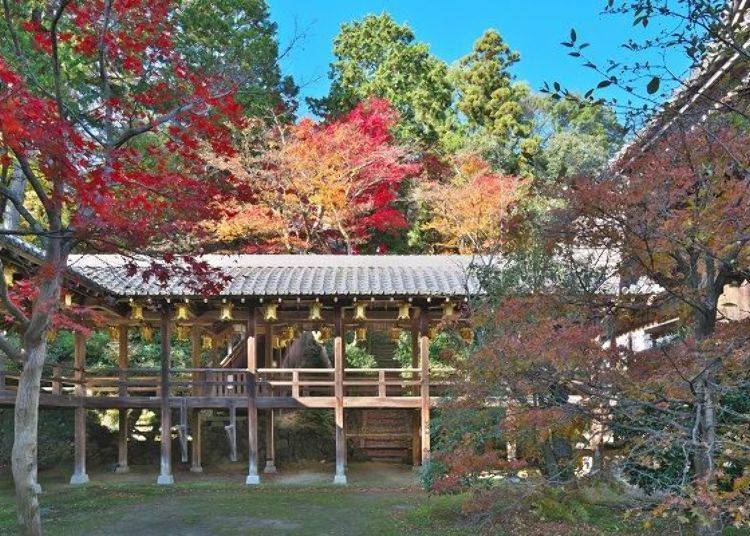
Some maple trees are over 150 years old. Of course, the foliage season is great; however, we still recommend when the mountain is covered in green maple leaves.
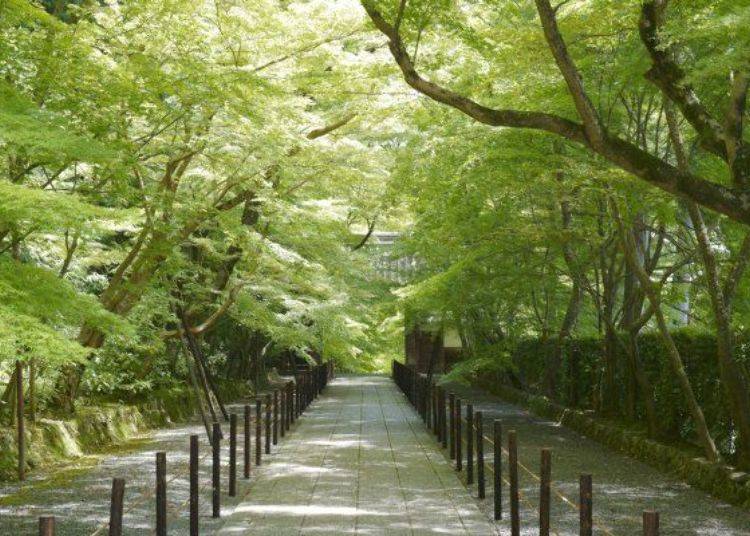

The maple tunnel path is like you are in another world and makes you want to take pictures. An option is to avoid the busy season, and have a leisurely tour around the temple with a guide. This place of faith surrounded by nature is a perfect place to relax your mind and soul.
-
Seizan Jodo Shu Sohonzan Komyoji西山浄土宗 総本山 光明寺
- Address 26-1 Aosaijonai, Nagaokakyo City, Kyoto Prefecture
- Phone Number 075-955-0002
・Hours: 9:00AM – 4:00PM (until 4:30PM during autumn foliage season)
・Fee: General 500 yen (only during autumn foliage season, free during other periods)
・Closed: Open daily
*There is no parking at Komyoji or nearby, make sure to use public transportation.
*Pictures of the autumn foliage were taken before 2017
Book an unforgettable experience in Kyoto!
Make your trip extra memorable by booking one of these recommended tours or tickets!
- Area
- Category
*Prices and options mentioned are subject to change.
*Unless stated otherwise, all prices include tax.
Limited time offer: 10% discount coupons available now!
Recommended places for you
-
Menu
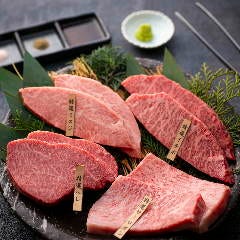
ISHIDAYA Hanare
Yakiniku
Kobe, Sannomiya, Kitano
-
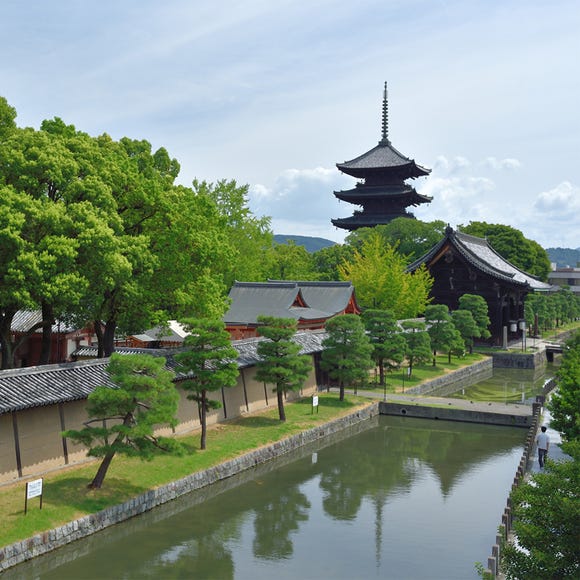
To-ji Temple
Temples
Kyoto Station, To-ji Temple
-
Goods

Yoshida Gennojo-Roho Kyoto Buddhist Altars
Gift Shops
Nijo Castle, Kyoto Imperial Palace
-

Kamesushi Sohonten
Sushi
Umeda, Osaka Station, Kitashinchi
-

Jukuseiniku-to Namamottsuarera Nikubaru Italian Nikutaria Sannomiya
Izakaya
Kobe, Sannomiya, Kitano
-
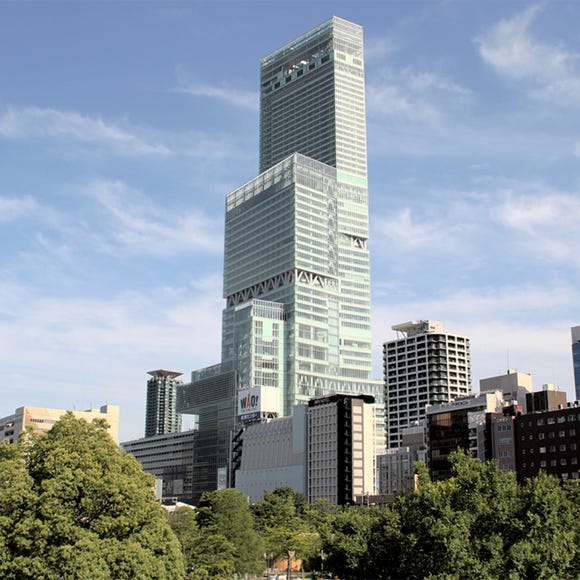
Abeno Harukas
Landmarks
Shinsekai, Tennouji, Tsuruhashi
-
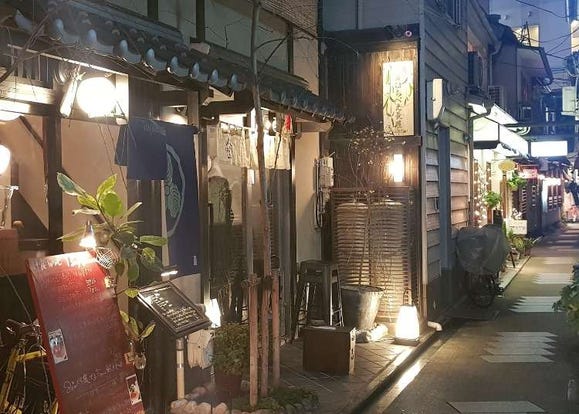
13 Unique & Fun Kyoto Food Tours to Enjoy in 2024
-

What Items Does a Japanese Stationery Lover Want Most? We Find Out with Taku Kidate!
-
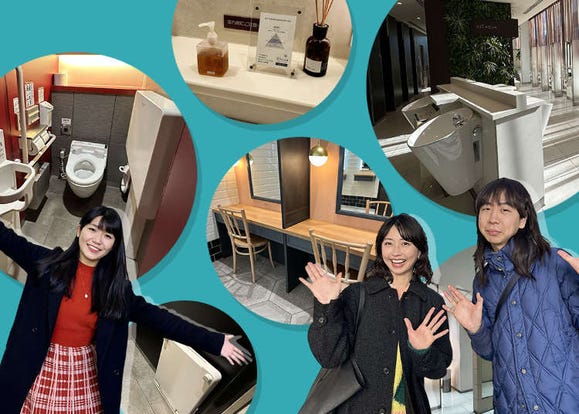
Comfy Toilet Map for Osaka Station: Can You Get Around with a Stroller? Are There Clean Powder Rooms?
-
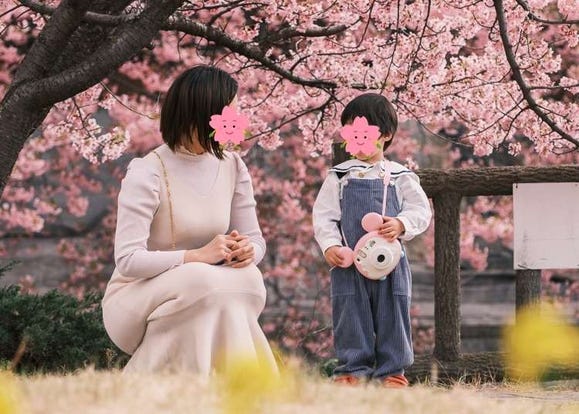
Taking Mom and Dad on a Trip to Osaka: How to Have Fun, Tips, Must-See Spots, and a 5-Day Itinerary
-
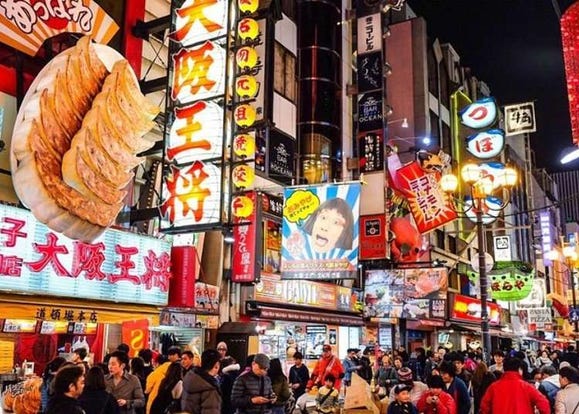
14 Unique & Fun Osaka Food Tours to Enjoy in 2024
-
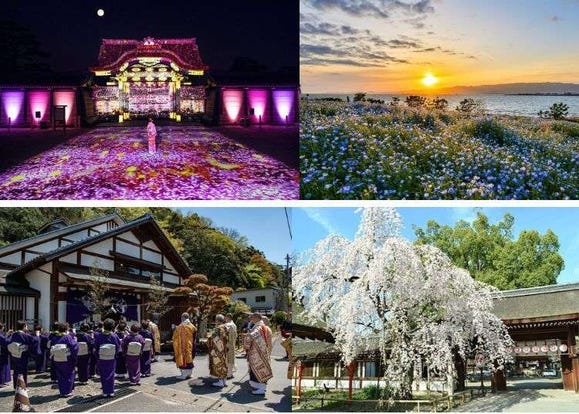
What to Do in Osaka & Kyoto in April 2024: Enjoy Japan's Exciting Spring Events
-

Kyoto Trip: 10 Most Popular Temples Around Arashiyama (October 2019 Ranking)
-

Universal Studios Japan: Guide to Osaka's Giant Theme Park Attractions!
-
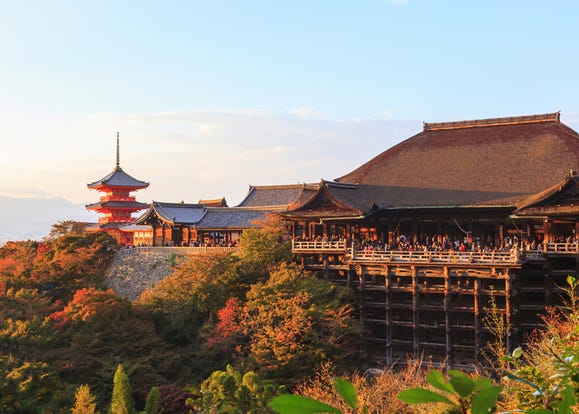
Ultimate Kiyomizudera Temple Guide: Visiting Kyoto's Most Famous Sightseeing Spot!
-

Exploring the Timeless Beauty and Spiritual Significance of Nara's Popular Temples
-
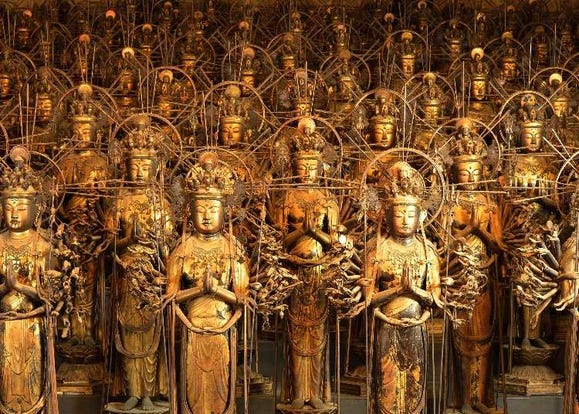
Inside Kyoto's Spectacular Sanjusangen-do Temple with 1,000 Gold Statues
-

Visiting Nara's Hasedera Temple: This 'Temple of Flowers' Is Home to Stunning Statues!
- #best gourmet Osaka
- #things to do Osaka
- #what to do in kyoto
- #what to bring to japan
- #best gourmet Kyoto
- #new years in Osaka
- #what to buy in nanba
- #Visiting Osaka
- #onsen tattoo friendly arima
- #daiso
- #Visiting Kyoto
- #best japanese soft drinks
- #japanese fashion culture
- #japanese convenience store snacks
- #japanese nail trends













